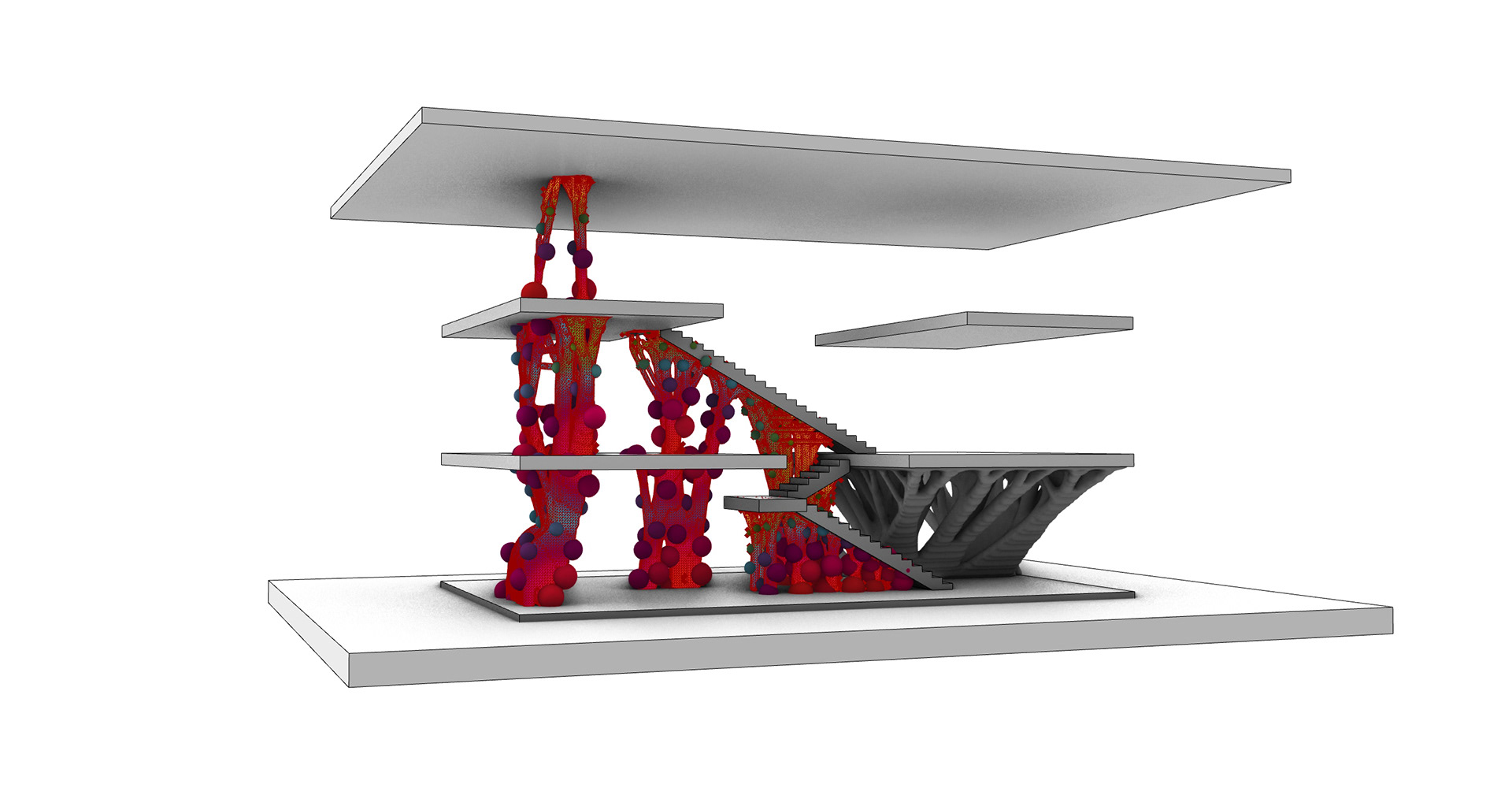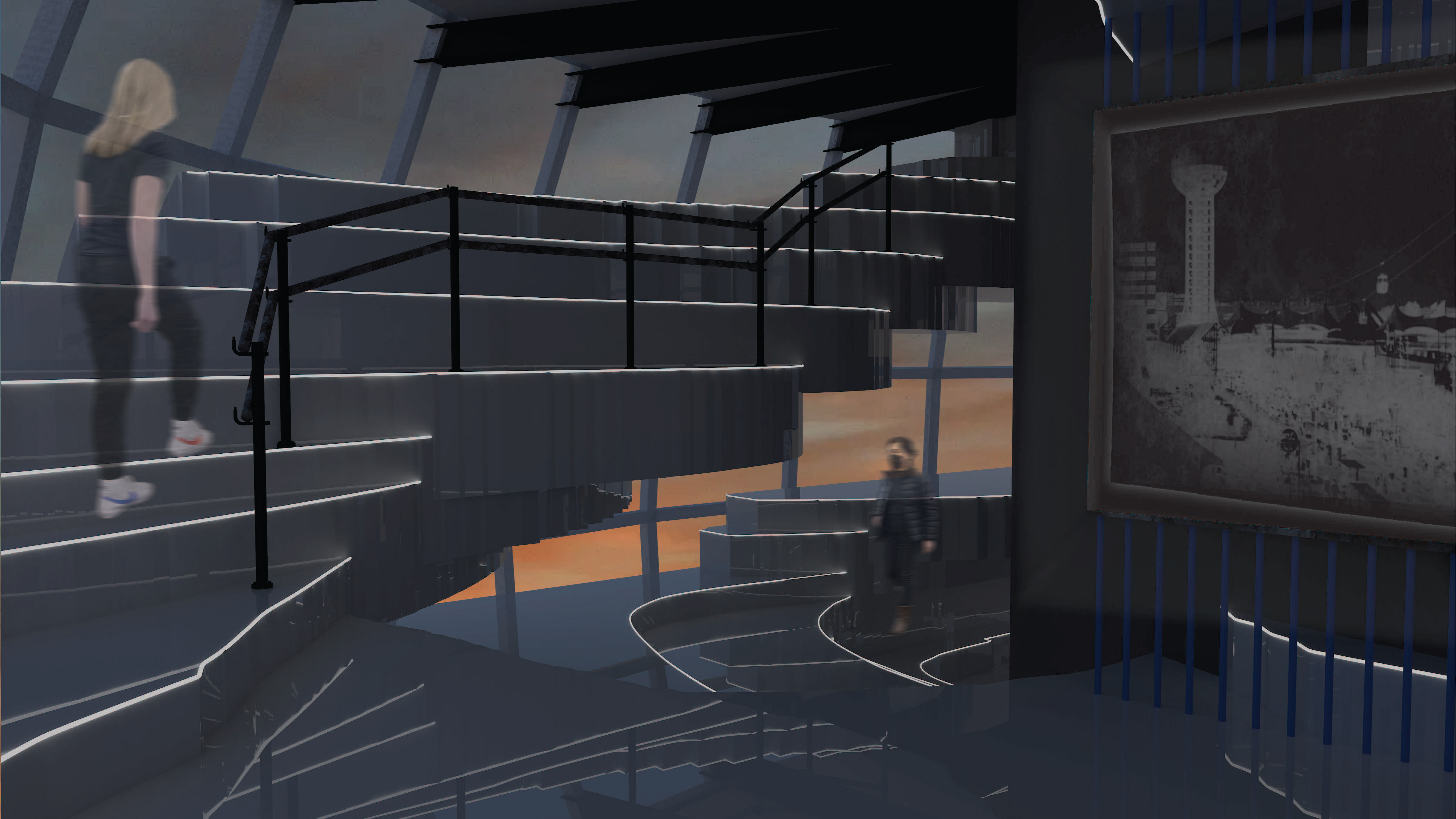Architectural Design II
ARCH 542 - Spring 2024
Contextual determinants in architectural design. Key concepts include analytical
methods, development of alternative design strategies, territorial identity,
institutions, and agency.
methods, development of alternative design strategies, territorial identity,
institutions, and agency.
The work is compromised of multiple parts with the first being individual work and we were then grouped with two partners based on system logic.
Phase 1: Building System
All students individually investigate the potentials of a vernacular, novel,
or biological construction methods that is material resourceful
and/or structurally efficient.
or biological construction methods that is material resourceful
and/or structurally efficient.
Phase 1: Computational System
Groups of 2-3 students combined to develop a robust building system’s formal, structural, and construction logic. These are developed through computational form finding, simulation, and analysis to understand and generate system iterations.
Partners throughout the rest of project: Emily Ericson and Savanna Senn
- Structural support is based on a density grid system
- Points where there a higher density of grid is where the most support is needed
- Interior space determined by where the grid populates
- The grid can also determine the circulation
- Grid will align to the direction and orientation of the supports
- It will stretch and rotate in order to keep full stability
- The main logic of the structure is scaling to fulfill structural needs
- All wood to provide a lightweight structure and incorporate the wood of the Korowai Treehouses and the Kengo Kuma Wood Assemblies




Phase 1: Section Model
Phase 2: Context
This section is the exploration of the conditions of a particular site in Knoxville.




